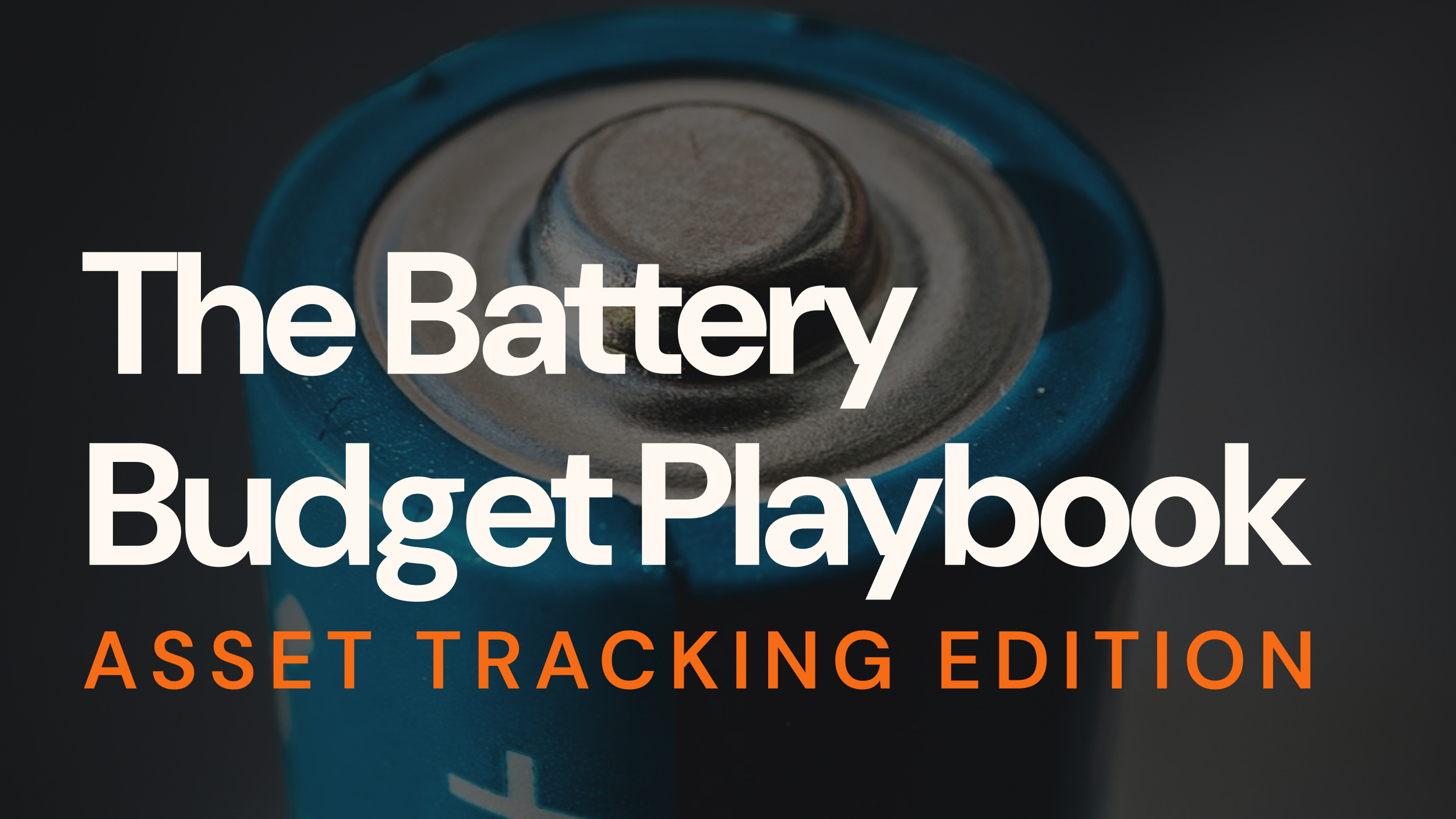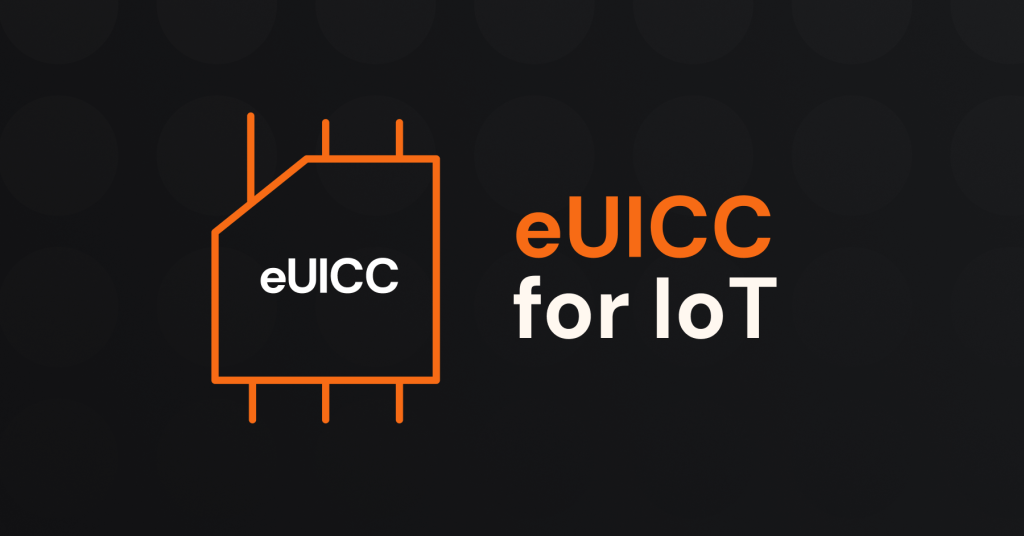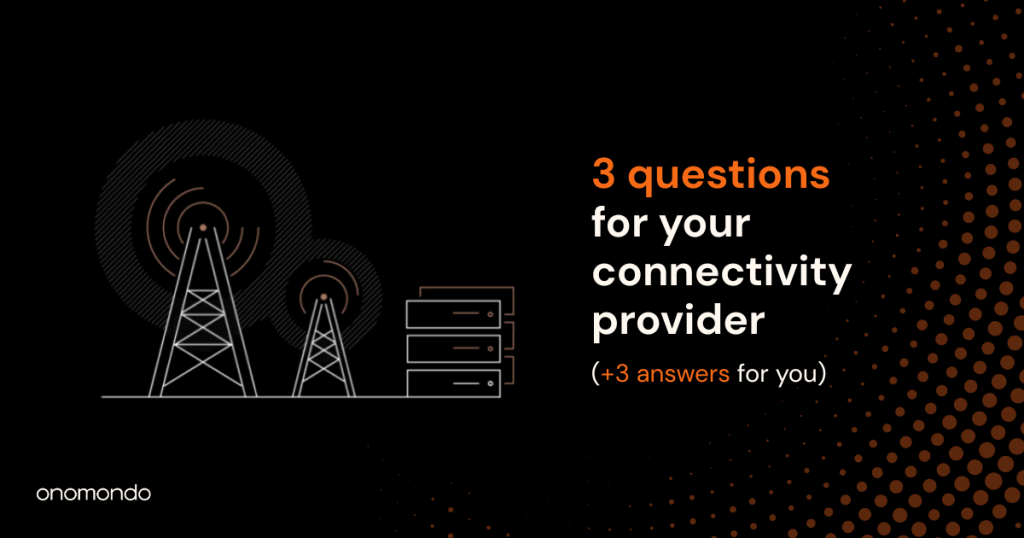It is estimated that the Internet of Medical Things (IoMT) sector will become a $176 billion industry by 2026.
The most common example of IoT in healthcare is remote patient monitoring, which enables the collection of the patient’s medical data, such as body temperature, blood pressure, and heart rate.
Another common example is IoT-powered glucose monitoring. While traditional glucose testing provides you with data at time of testing, IoT devices can facilitate the study of blood glucose fluctuations over different time periods. If glucose levels are problematic, the devices will alert staff instantly.
Most IoT devices consume very little energy and are available in the form of wearables, revolutionizing the way in which vital signs are monitored.
What are medical IoT devices?
For implementation of IoT in healthcare, devices and applications must connect to the healthcare world’s systems and networks. Therefore, devices must be equipped with connectivity that allows machine-to-machine (M2M) communication. Moreover, they must be able to connect to the cloud platforms on which the acquired data is stored and analyzed.
The growing spread and availability of devices that integrate RFID tags and NFC (Near Field Communication) connectivity for data exchange also contribute to the growth of IoMT.
Some of the best-known IoT medical devices include smartwatches that monitor heart rate and physical activity, and contact lenses that read glucose levels. Moreover, iometric sensors can measure vital signs, and IoT necklaces can track calorie intake.
Advantages of IoT in healthcare
According to a study published by Statista, the number of IoT devices adopted worldwide has already exceeded 13 billion. This exponential growth is justified by the growing availability of wearable devices, the reduction in sensor costs, and the greater diffusion of connections that allow the devices to communicate with the IT systems of healthcare facilities.
At the same time, the increase in chronic diseases and the demand for better treatment and affordable healthcare create favorable grounds for a more structured adoption of IoMT. IoT in healthcare can help with simultaneous reporting and monitoring, data assortment and analysis, and end-to-end connectivity.
Many healthcare facilities are now using smart beds. These beds are installed with IoT medical devices that can sense the presence of a patient and automatically adjust their angle or height to provide adequate support and correct positioning. There is no need for the patient to adjust any settings, and no nursing intervention is required.
The Continuous Glucose Monitor (CGM), is considered as one of the major innovations in diabetes management in recent years, but it is not the only one. Another IoT technology that can also improve the lives of people with diabetes is the intelligent insulin pen that enables users to automatically adjust the times, units, and type of insulin to be injected.
Examples of IoT medical devices
Following are some examples of IoT medical devices:
- Remote patient monitoring
- Smart inhalers
- Ingestible sensors
- Mood monitoring
- Glucose monitoring
- Heart rate monitoring
- Smart contact lenses
- Robotic surgery
- Parkinson’s disease monitoring
Who benefits from IoMT devices?
IoT in healthcare benefits students, healthcare workers, and the healthcare system itself. Thanks to the patient data provided by IoT devices, the doctor or caregiver can provide much better treatment recommendations. By reducing inefficiencies and waste, IoT makes diagnosis and treatment much more precise and adherent to the actual conditions of the individual patient.
Streamlining processes and increasing efficiency reduces the workload for healthcare professionals while improving the level of care that can be provided. IoT in healthcare systems is also particularly useful for inventory management or equipment monitoring activities. For example, using RFID tags on medical equipment and supplies helps keep hospital staff informed of the actual availability of drugs or supplies in stock.
Understanding cellular connectivity and how to future-proof solutions is crucial for IoT success. Read our report to ensure the success of your cellular IoT solutions.
The benefits of IoMT for elderly care
According to WHO, 1 in 6 people will be 60 or above by 2030. With the increase of life expectancy and the incidences of health problems, the need for care will also increase accordingly. IoT medical devices can help monitor elderly patients’ vital signs and heart function, in addition to glucose rate, physical activity levels, and sleep hours.
Seniors often forget to take their prescribed medications, butIoMT devices can remind them to by keeping track of their actual intake. IoT in hospitals also plays an important role in reducing fall rates of elderly patients. “Smart socks” are equipped with pressure sensors that generate alarms when patients try to get out of bed.
In these cases, the nursing staff, equipped with smart badges, receive an alert via wireless and are able to intervene quickly. A study shows that this monitoring system makes it possible for nursing staff to intervene within 24 seconds.
According to a Johns Hopkins Medicine study conducted in late 2019, using wearable devices such as watches, belts, or bracelets can help track an elderly person’s physical activity. These devices offer a much more accurate assessment of the five-year risk of death compared to traditional predictors of mortality.
Conclusion
In summary, IoT in medicine has the advantage of offering more predictive healthcare. Thanks to instant access to aggregated data, it is possible to monitor, inform, and notify doctors and caregivers of any critical issues in real time and prevent medical errors. It facilitates communication between patients and doctors and simplifies the entire treatment experience.
Every physiological and behavioral parameter can be kept under control in real time through appropriate sensors embedded in small wearable devices or positioned in patient rooms. Whether it’s monitoring body temperature, blood pressure and sugar levels, or collecting data from pulse oximeters and verifying correct intake of drugs. Onomondo is a IT company focused on integrating IoT in healthcare and other industries to create smart cities that provide a new and improved way of life.






